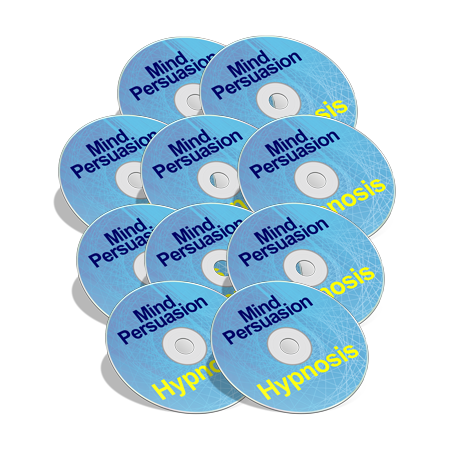Way back in the day, Europeans set out to explore the world.
The idea was pretty simple.
If they went somewhere, found treasure, and brought it back, everybody got rich.
(Of course, how they “obtained” this treasure is another story completely.)
But it presented an interesting economic problem.
If they came back successful, everybody got paid.
But if they never came back, somebody would lose a lot.
The natural, economic response to this were the very first insurance companies.
Lloyd’s of London was one of them.
They idea is that this group of rich guys would “underwrite” a whole bunch of different endeavors.
They would get a percent of the profits of the successful ones, and accept the losses of the unsuccessful ones.
From an individual sailor’s perspective, it must have been pretty exciting.
AND very terrifying.
Success meant riches.
And many of these guys were poor, and getting a job on a ship was their only option.
Many had families.
And failure meant death.
Back in those days, some people took on risk with their lives.
Others took on risk with their fortunes.
Those that were the most successful became very wealthy.
Those that weren’t are likely somewhere at the bottom of the ocean.
Today, we think of risk in a completely different way.
For most of us, risk is mostly imaginary.
It mostly comes in how we express ourselves socially.
The “failure” we fear won’t get us killed.
And most of the time won’t bankrupt us.
Sometimes, even the opposite.
If you are a bit too timid in a job interview, it may COST you money.
Whereas the people that are the most socially fearless, and seemingly take the most risk, get the most rewards.
Way back in the day, if you took too much risk, you’d end up dead.
Today, the only risks are emotional.
It’s almost backwards.
The more you risk, the more you get.
At least in theory.
But reality is a bit different.
If you operate PAST your point of comfort, the fear (even if they are imaginary) will inhibit your behavior.
It’s like our social fears are like a kind of thermostat, that regulate our behavior.
It would make sense that if we could find a way to RE-SET our “risk settings” we could be more socially outgoing, and get more rewards.
Some say that we need to “fake it till we make it.”
Others say to “feel the fear and do it anyway.”
Those are both terrible strategies.
There is a much easier way.
To safely and mentally re-adjust your “risk” settings.
So you can slowly do more, without ever feeling any anxiety.
Learn How:


One comment
Comments are closed.